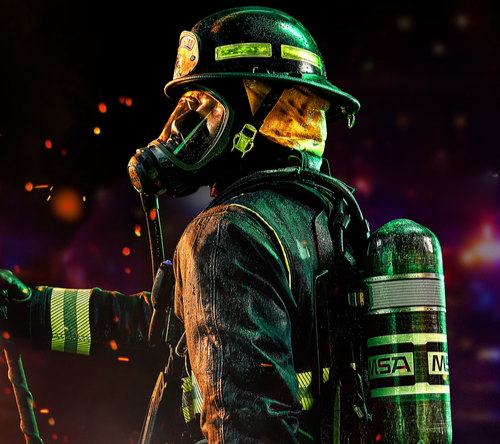Shoes can be gross. We wear them everywhere. They collect everything – dirt, bacteria, germs, chemicals and mold spores, just to name a few – as we wear them throughout the day. And, then, most of us walk straight into our homes without removing them, only to transfer all that contamination to our carpets and rugs.
GROSS DECONTAMINATION OF FIREFIGHTER BOOTS
Imagine what your firefighting and station boots track into the station: road debris, petroleum residue, contaminated mud and dirt, blood and body fluids. While many fire stations have non-carpeted surfaces for easy cleaning, most dormitory areas are still carpeted. So, what’s in your carpet?
Hopefully, your fire department prohibits bunker pants and boots in the living quarters of your station. But, do you still walk into the kitchen at 2:00 a.m. after returning from a call wearing your bunker pants and boots? Be honest.
We’re paying more attention to conducting gross decontamination of our firefighting protective ensemble components before leaving the fire scene, and that’s a good thing. But what about your firefighting boots? Are they getting a good scrubbing, and not just a rinse from the water flowing down from above?
WHAT DO THE GUIDELINES SAY ABOUT CLEANING FIREFIGHTER BOOTS?
NFPA 1851: Standard on Selection, Care, and Maintenance of Protective Ensembles for Structural Fire Fighting and Proximity Fire Fighting doesn’t provide specific guidelines for cleaning firefighter boots to the degree that the standard addresses cleaning for turnout coats and pants.
According to Pat Freeman, technical services manager at Globe Manufacturing, for normal cleaning, such as surface debris from a structural fire, Globe advises their customers to use a soft sponge or rag with warm water to remove surface dirt, and then rinse thoroughly with clear water.
“Although we normally advise against using soap or detergents for everyday cleaning, if a boot requires specialized cleaning, we would recommend a very mild dishwashing detergent solution be used sparingly, and then the footwear rinsed off as soon as possible,” Freeman said. “It is permissible to use a soft bristle brush to scrub any dirt or debris off the surface. We do not recommend submerging the boots completely into water.”
Freeman also said that following cleaning, boots should be allowed to air dry. Firefighters should avoid using high heat drying apparatus, such as mechanical driers used for turnout coats and pants, as these can also reduce boots’ service life, especially for leather boots.
“Regular inspection, care and cleaning of all protective ensemble elements is critical to firefighter health and safety,” Freeman said. Firefighters work and walk around in structural fireground environments and come in contact with liquids such as acids, gasoline and hydraulic fluids, to name just a few.
“Departments must include boot cleaning at as high a priority as all other structural firefighting protective ensemble elements.”







